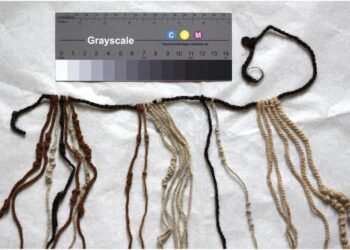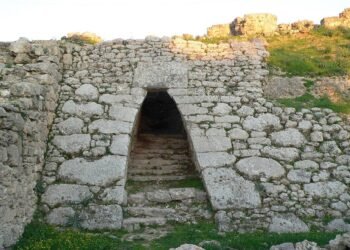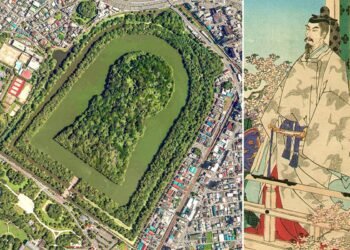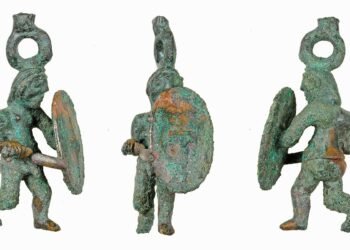Archaeologists conducting salvage work along section 7 of the Maya Train route, have uncovered a Paaktzatz-style funerary urn depicting the Maya corn god. The finding was reported by Diego Prieto Hernández, the head of the National Institute of Anthropology and History (INAH).
The urn, discovered during salvage work, features a representation of the corn god emerging from the leaves of a cob, according to Prieto Hernández.
This intricate design, made with the pastillage technique using ceramic paste, mirrors similar images found in figurines from the island of Jaina, Campeche.

The archaeological team, who unearthed the urn near a similar vessel, suggests that these artifacts may have been part of an ancient ceremonial offering associated with the construction of a pre-Hispanic building. The clay urn, contains human remains, marking its significance in the cultural and funerary practices of the Maya civilization.
Notably, the urn also exhibits ornamentation resembling the Mayan symbol “ik,” symbolizing wind and divine breath. The lid of the urn features an owl, a bird considered an ill omen and a symbol of war during the Classic period of Maya iconography, particularly in the Río Bec region of Campeche between 680 and 770 CE.
Excavations along Section 7 of the Maya Train have uncovered a total of 27,941 structures, 125,880 ceramic fragments, and 141 human burials, highlighting the rich archaeological heritage preserved in this region.
The ongoing efforts, covering sections 5, 6, and 7 of the Maya Train, have resulted in the protection of 40,000 archaeological sites, retrieval of over 1,000 artifacts, and the safeguarding of more than 200,000 ceramic fragments.
Moreover, Prieto Hernández shared additional developments related to the Maya Train project in Quintana Roo. This includes the imminent opening of the archaeological site of the ancient city of Ichkabal and the successful recovery of the ancient site of Oxtankah.























